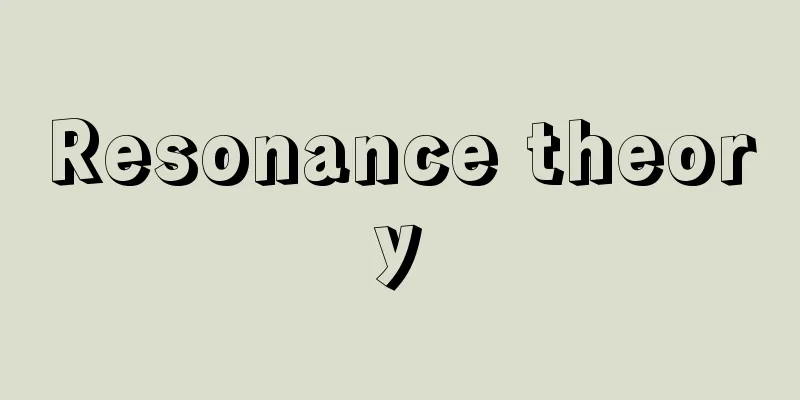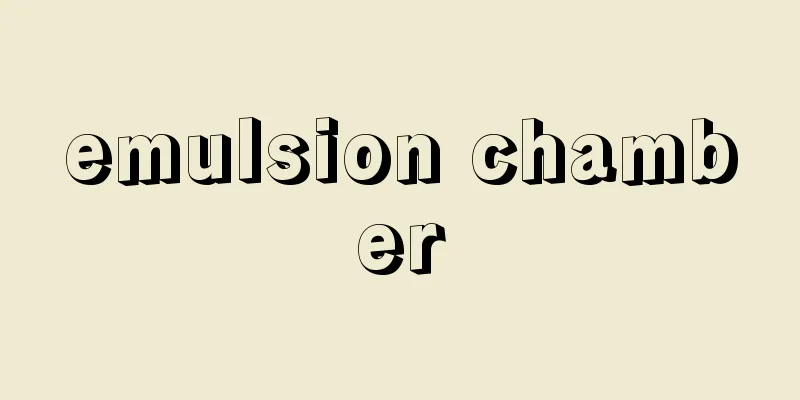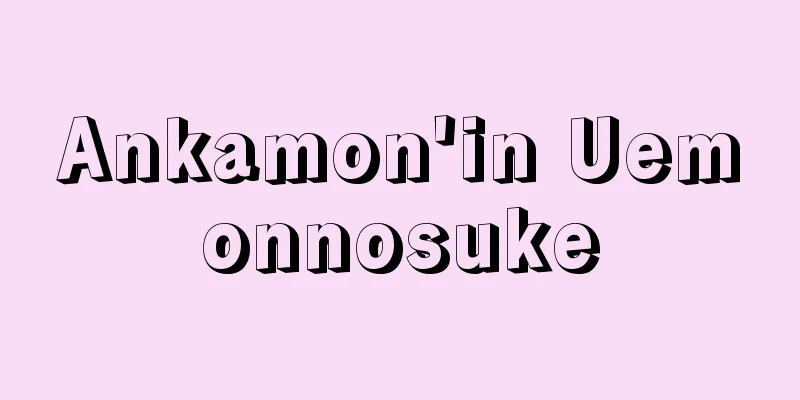Resonance theory

|
A theory of hearing proposed by the German physicist Helmholtz, which states that each transverse fiber of the basilar membrane in the cochlea of the inner ear resonates only with sounds of a specific frequency, thereby allowing the distinction of pitch. Source: The Selected Edition of the Japanese Language Dictionary About the Selected Edition of the Japanese Language Dictionary Information |
|
〘名〙 ドイツのヘルムホルツが提唱した聴覚の学説。内耳の蝸牛殻(かぎゅうかく)にある基底膜のそれぞれの横繊維が固有の周波数の音にだけ共鳴し、それによって音の高さが区別されると説く。
出典 精選版 日本国語大辞典精選版 日本国語大辞典について 情報 |
Recommend
Notsuhara [town] - Notsuhara
A former town in Oita County, central Oita Prefect...
Kasukabe [city] - Kasukabe
A city in eastern Saitama prefecture. It was incor...
Vormärz (English spelling)
...From 1783 to 1848, the Magistrat (City Council...
resident bird
...birds that regularly travel back and forth bet...
Dugesia japonica (English spelling) Dugesia japonica
...the name of a genus of flatworms in the family...
Kanokogi-so
A manor located in Akita County, Higo Province. I...
Gibberellin - Gibberellin
⇒ Gibberellin Source: About Shogakukan Digital Dai...
Okehampton
...There are many Bronze Age ruins, and in the Mi...
Uchino (Kyoto) - Uchino
…The fire destroyed the government offices in the...
Primrose Day
...The hedonistic life of youth is metaphorically...
EW - EW
" Extinct in the Wild " is an abbreviati...
visual flight rule
... Aviation weather observations are conducted p...
Ibn Miskawayh
...Historian and philosopher of the Buyid period....
Steam engine
A prime mover that converts the thermal energy of...
Sexual medicine
…the study of issues related to human sexual acti...









